Human Centred Design uses a wide variety of ‘design thinking’ tools to identify opportunities, develop empathy and insights, frame problems and work collaboratively to solve problems and then build, test and communicate concepts.
These tools are proven and effective in Service Design, User Experience Design, User Interaction Design and Business Transformation.
Here is a list of tools that I frequently use
ACTORS MAP
An ecology map is a diagram representing the relationship of ‘actors’ in an ecology. It provides a systemic view of a service and of its context. The diagram is built by identifying the actors, touchpoints and high level view of the service. The diagram is built from a specific actor and will then feature other actors and touchpoints that are connected to and influence the actor.
AFFINITY DIAGRAM
An affinity diagram is a creative process used for identifying and clustering large amounts of datas, ideas and insights by organising them by their natural correlations and affinities. The process starts with a problem statement or a the goal. During the first session each participant should think of ideas or information and write them on Post-Its. The Post-its then become the physical assets to identify and find the correlations and cluster the significant groups based around a theme of an affinity.
The result is a visual representation or graph describing the problem, ideas or concepts.
BLUEPRINT (SERVICE)
The service blueprint is a system tool that describes the operational nature and the characteristics of the service. its interaction, actor and touchpoints in enough detail to verify, implement and maintain the service. It is based on flows through the system and uses a standardised graphical technique that displays the process functions above and below the line of visibility from the customers viewpoint, where all the touchpoints and the back-stage processes are documented and aligned to the user experience.
CHARACTER PROFILE
The character profiles is a tool for the creation of a shared knowledge about the service users inside the team.In order to build these character profiles it’s required the identification of some significant fictitious characters and then the collecting of an image and a textual description for each one of them. The character profiles offer a clear and visible picture of the different kinds of users that are the centre of the design activities.
COGNITIVE WALKTHROUGH
One or more evaluators observe a service or information architecture by going through the different stages and interactions of a journey, based on a scenario, with an end user. The user often describes (verbally) the negative and positive features, as well as the ambiguities, of the design concept.
CONCEPT POSTER
A Concept Poster is a communication tool that outlines the features and benefits of a concept where the designers detail the new offering, the market and how it might be perceived by the consumers.
The Concept Poster gives the opportunity for stakeholders or parts of the organisation to understand the service concept using an effective way of visualising the solution.
CULTURAL PROBES
Cultural probes (also known as diary studies) provide a way of gathering information about people and their activities. Cultural Probes are a means of gathering inspirational information about people’s lives, values and thoughts in the context of where they work or live.
CUSTOMER JOURNEY MAP
The customer journey map is a graphic illustration that describes the user journey and interaction at different stages using touchpoints. The illustration is a map of ‘flow’ that characterise their interactions within the service. In this kind of visualisation the interaction is described in steps across time, as in the classical blueprint, but there is a stronger emphasis on some aspects as the flow of information and the physical devices involved. There is a higher level of synthesis than in the blueprint: the representation is simplified trough the loss of the redundant information and of the deepest details.
DESIGN GAMES
Using games during co-design sessions enables designers, stakeholders and user to share references in order to bridge different points of view. Games provide a common and shared domain to expand understanding between all the participants and a broad spectrum of players. Players can articulate their needs, goals and perspectives to other players and develop a shared understanding. Games help designers gain obtain better insights. The games help bring tacit knowledge to the surface by providing tools for articulating important issues. Games take time to create with distinct rules (heuristics) created to govern the game. Artefacts like LEGO are ideal props that can be used in game development.
EMPATHY MAP
Empathy maps often go hand-in-hand with personas. They provide information about what users, customers and clients might be thinking, feeling, doing, seeing and hearing; together with pains and gains that they might experience.
Empathy maps are a good way to bring personas to life and encourage empathy with your target users. They help the wider project team understand the user’s needs. It’s often a useful exercise to collaboratively create empathy maps, or at least to review with the wider team. There is more information about empathy maps, including even an online empathy mapping game on the innovation games website.
EVIDENCING (also see EXPERIENCE PROTOTYPING)
The methodology called evidencing, involves creating objects or ‘props’ and acting to explore the way a proposed design innovation will feel and work. This approach is also referred to as ‘experience prototyping’ and ‘body storming’, where the use of models and objects represent touchpoints to enable designers to take ideas and animate and interact with them to assess their usefulness in an iterative process. This is a tangible evidence of the future and enables the designers to make early qualitative judgments about the implication of the design solution they’re conceiving and helps create an “archeology of the future”.
EXPERIENCE PROTOTYPE (also see EVIDENCING)
An experience prototype is a simulation of the service experience that describes physically some or all of the service characteristics by role-playing in a specific user journey, interacting with specific touchpoints. The experience prototype allows designers to test the solution through active participation of target users. Scenarios can be videoed and used to communicate and demonstrate a concept.
GROUP SKETCHING
Group Sketching is an iterative tool that is quick, fast and inexpensive, for developing and explaining ideas. It is often used during co-design sessions to share insights from the team. This tool offers a common ground to stimulate discussion between stakeholders or across social groups and people with diverse cultural backgrounds. It is based on simple drawing techniques to encourage participation by all members in a group.
HEURISTIC EVALUATION
A heuristic evaluation is a usability inspection method for software (an App) or a service that helps to identify usability problems and painpoints in the user experience and the interface (UI) design. It involves evaluators examining the interface and assessing its compliance with recognised usability principles referred to as heuristics. It gives a quick feedback and a lot of good suggestions for the improvement of the whole project.
HOPES & FEARS
If you’re starting a project, kicking-off a workshop, or bringing in new team members, this activity helps you get to know each other, expose aspirations and concerns, and prepare everyone to start. This acivity allows the team to understand what team members are feeling about the project or the workshop. Its a good ice-breaker activity or a means to understand what the team or the individual thinks about concept. Hopes and fears is a fast ways to surface concerns and a means to align around ambitions
ISSUE CARDS
Issue Cards are cards used as a catalyst to stimulate ideas and an exchange of views inside a team when trying to solve problems. Cards can contain a problem and use images and/or a description. Working in small teams, members of the team are able to suggest new interpretations of the problem, to challenge assumptions and offer different point of view.
LEGO SERIOUS PLAY
LEGO Serious Play is an experiential process designed to enhance the generation of ideas, concepts and solutions. The process uses LEGO pieces to tangibly envision and share thoughts inside the team while discussing the actors, context and the system of a new offering.
This is a hands-on and minds-on approach to exploring and generating ideas that produces a deeper and more meaningful understanding of the service, customer journey, processes and systems in a new offering.
The great benefit of LEGO Serious Play is that the process is fun and supports an effective dialogue and discourse.
MIND MAP
A Mind Map is a tool for the visualising concepts and ideas and exploring the the connections between ideas. The process begins with a problem or an idea at the centre of a large white board or piece of paper and then icons, symbols, lines, words and drawings are used to build a system of thoughts around the starting point.
MOCK-UP
A Mock-Up is a model, an illustration or a collage describing an idea. At the beginning of the design process, the mock up is mainly made through the use of photomontages, created with photos of existing situations, products or services combined with other elements. During the next phases the mock up get more and more realistic, till they become real prototypes representing the main features of the project.
MOODBOARD
A mood board is a visual composition using images and/or material samples that represent a themed ‘look-and-feel’ by giving the generic perception of it. The mood board helps in the understanding of the service and is very useful for retail interiors, touchpoints (devices, products, point-point-of-sale) and interfaces (Apps or websites). The use of a visual representation the design team translate the brand into a service.
MOTIVATION MATRIX
The motivation matrix helps in the understanding of the connects between the different actors of a service and their roles as part of a system. The motivation of the actor is stated while participating in the system: each actor expresses what he needs or expects from the service.
The motivation matrix is an interesting means of investigation of a solution assuming the point of view of each stakeholder with his own interests and motivations.
OFFERING MAP
The aim of an offering map is to describe what the service offers to its users. There is not a standard format for this tool: the offering could be described by words or could be illustrated by images, but most frequently it is visualised through a graph.
This instrument could support the elaboration of the service idea as well the development of some specific solutions, it could be a tool for the implementation of the concept but also for the communication of the service to the final user. In each one of these situations, the offering map will assume different configurations and languages with reference to the specific aims and receivers involved.
PERSONAS
Personas are archetypes of people built after exhaustive contextual observation of, and interviews with, potential users. Each persona is a fictional character whose profile gathers up the features of an identified user group with shared tasks and goals. In this way the personas assume the attributes of the groups they represent: from their attitudes, social affiliations and demographic characteristics, to their own needs, desires, habits and cultural backgrounds.
PROBLEM TREE ANALYSIS
Problem Tree Analysis provides an overview of all the known causes and effects to an identified problem. Its a tool for mapping out the main problems, along with their causes and effects, supporting project planners to identify clear and manageable goals and the strategy of how to achieve them. It is an effective way to take large problem and break it down into its constituent parts to make it more manageable.
ROLE PLAYING
This tool enables target users or the designers themselves perform a potential service experience. A task (a scenario) is acted out (performed) to explore a potential journey through some of its features and functionalities. The same scene can be performed in different ways and several times, changing the character profiles or props (touchpoints) in each scene in order to understand how different users would act in the same situation with different touchpoints.
ROLE SCRIPT
A Role Script is used as a guide for operators that are customer facing to develop behaviours, specific knowledge and cadence for given situations. Scripts are written for scenarios and situations where the operator will support customers in fulfilling tasks and goals – often in a support service role (such as in a call centre). Scripts come with with notes, comments and advice for the operator.
ROUGH PROTOTYPING
Rough and ready prototyping is a fast and quick method to build prototypes using cheap materials. By making fast and lo-fi models and wireframes designers designers, working with customers, can simulate a service concept using the prototypes as props to better explain an idea in front of the other members of the team.
It is a tool for visualising concepts and bringing ideas to life without over committing time and resources to building and producing. It helps members of the team understand and ensure they are all talking about the same thing as they make the process of design more interactive and tangible.
SHADOWING
The researcher accompanies (shadows) the user and observes how they use a product, perform a task or access a service within the user’s natural environment.
SERVICE IMAGE
A Service Image is an illustration or image that encapsulates the main features of the service concept and communicates with impact the essence of the sevice.
Service Images are aimed at supporting the dialogue with key stakeholders helping them to envision a service concept and to support a discussion around the desirability to end-users. Service Images can be used to portray scenarios and elicit quick feedback from the core team and key stakeholders. They can be used as part of storyboards, concept posters and similar collateral.
SERVICE PROTOTYPE
A Service Prototype is a tool for testing a service concept by observing the interaction of the user with a prototype in context and based on a scenario with particular conditions. The aim is understand, test and assess what happens when external factors impact during the service delivery.
SERVICE SPECIFICATION
The service specification is a document that develops throughout the design process. It describes the aims and objectives of the project, research processes, insights and opportunity areas. It features target market, personas, offerings and the system, processes and technology to be used to deliver the service. The service specification will describes the features and functions of software, apps, and hardware devices and/or environments and interiors (such as a retail store or airport check in facilties). The service specification helps the core team implement based on the design principles they have developed.
This documents is essential with long-term projects involving a wide range of people, disciplines and third parties.
STAKEHOLDER MAPS
Stakeholder mapping and management is key to successful project management. Stakeholder mapping involves identifying, analysing and prioritising the people and organisations that have vested interest and stake in the project, its features and performance. Initially this will assist you to determine project requirements and ultimately it will help you to manage and communicate with your stakeholders effectively.
STORYBOARD
A storyboard is a tool derived from film and TV production to help communicate within the team and to stakeholders. Users stories are used to describe a scenario and features of a service. These stories are brought to life with drawings or images assembled in a time based narrative sequence. The storyboard describes actors, touchpoints and interactions and supporting processes that manifest a user experience.
STORYTELLING
The process of storytelling supports the exploration of a service idea. Through the use of simple words, the teller will narrate and describe the solution using story telling techniques. This allows the communication of the ideas and aides the preparation of the first drafts or user stories and illustrations for the storyboarding process.
SYSTEM MAP
The system map is a visual description of the service’s technical systems and their organisation that shows the flows of data, artefacts, materials, energy, information and money through the system.
TASK ANALYSIS GRID
The Task Analysis grid enables the core team and stakeholders to see the entire scope of the project and the features of first and future releases in a unique schematic diagram.
Each column starts out with a scenario, describes a task and is followed by all the sub-tasks necessary to complete the task. The sub tasks are colour-coded and prioritized. Influencers and pain-points are highlighted for each task in order to complete the whole description.
TOMORROW HEADLINES
The tomorrow headlines are fictional articles published on magazines or journals that the designers imagine by projecting themselves in the future and trying to understand what kind of impact the service will have on people and society. This brings the designers ask themselves how the service will be presented to the potential users and what reactions it will cause. This tool is also a way to visualise the idea and make it more tangible, more real and more univocally perceived among the team and the stakeholders.
TOUCHPOINTS MATRIX
The Touchpoint Matrix provides a visual framework that enables designer to “connect the dots of the user experience” in order to see the different configurations, interfaces, contexts and results of the interaction with a specific product-service system. The matrix is built by listing vertically the different devices or contexts that are part of the system and by listing horizontally the main actions that are supported by the system itself.
Once this structure has been composed, the designer can put a specific persona inside and imagine his journey through the different touchpoints, connecting the related dots. In this way the matrix facilitates a further development of the opportunities provided by the system with a better understanding of interactions and possible entry points and pathways shifting the focus of the design activities to connections where connections are social and cultural as well as technical processes.
USABILITY TESTING
Usability Testing is used in interaction design projects for the development and testing of interactions, data flows, information architecture and graphical user interfaces. They are a means of roughing out the functionality of a product or of a service based on scenarios and use cases. Usability testing includes paper prototyping, click through screens and cognitive walkthroughs where the the user thinks aloud and describes what they think they should be doing based on a scenario or task.
For example, in a simple paper prototype walkthrough, an evaluator asks the user to undertake a sequence of tasks (to achieve specific goals) and after each task is complete there is a short survey and then the test goes on.
USE CASES
In service and experience design as well as software and systems engineering, a use case is a list of actions or event steps, typically defining the interactions between an actor and a system, to achieve a goal. The actor can be a human, an external system, or time. They are a means of roughing out the functionality of a product or of a service and are a useful tool for designers and developers to share and work on together in collaboration.
WIZARD OF OZ PROTOTYPE
This tool takes the name from the story ‘The Wizard of Oz’. It is a technique used to test a product or a service in a detailed way by observing the interaction of a potential user with the object without revealing the evaluator’s presence.
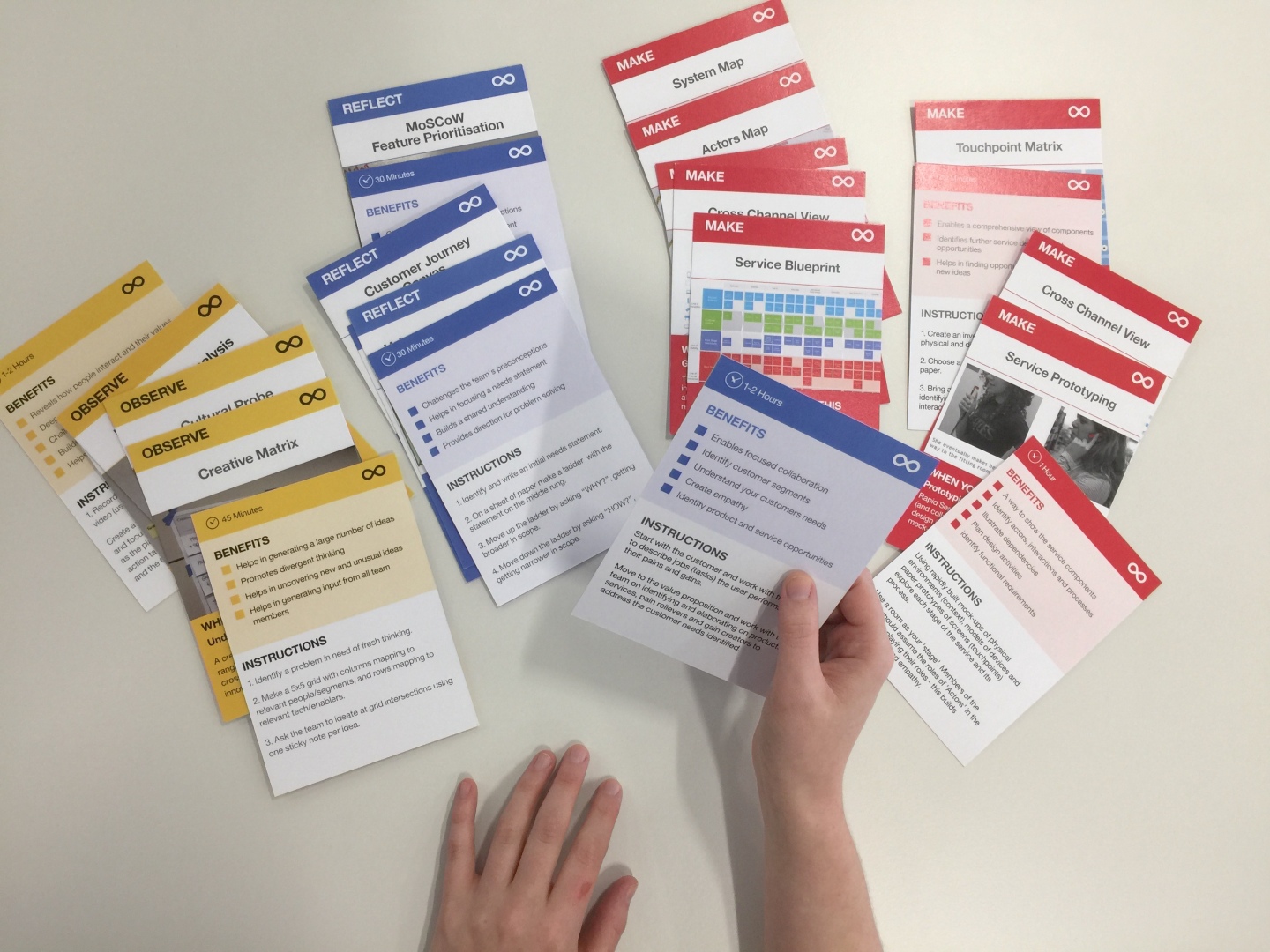

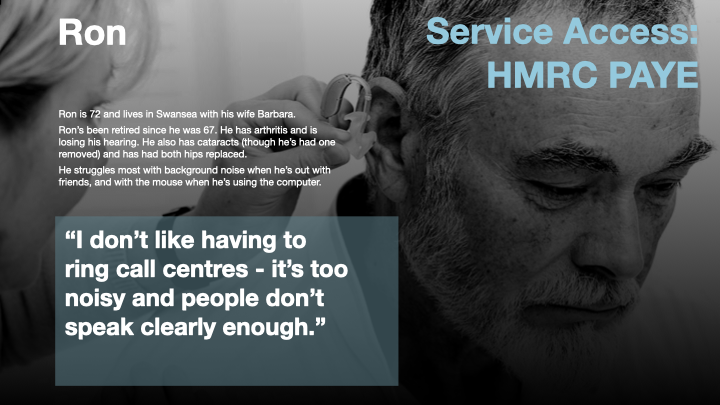
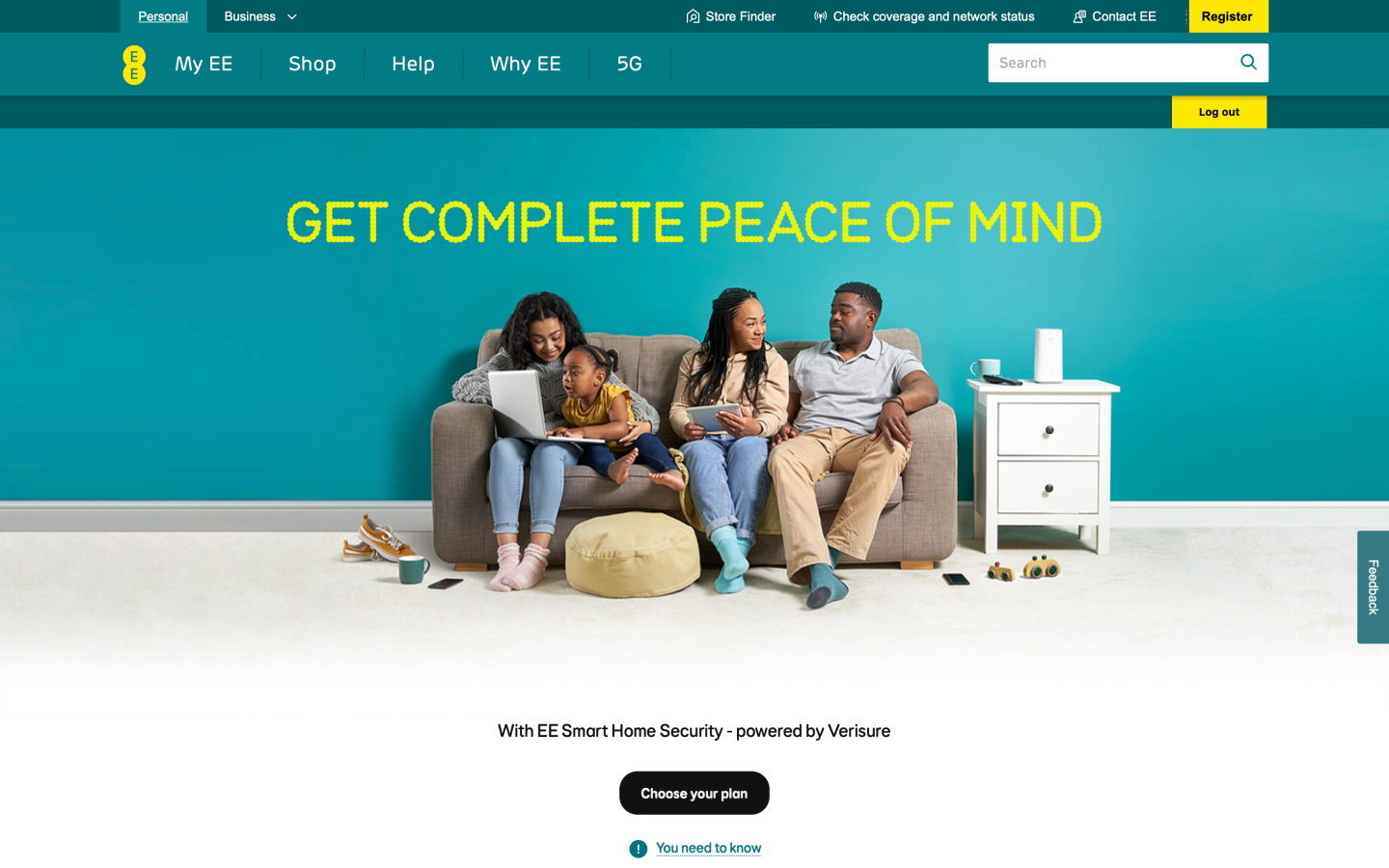
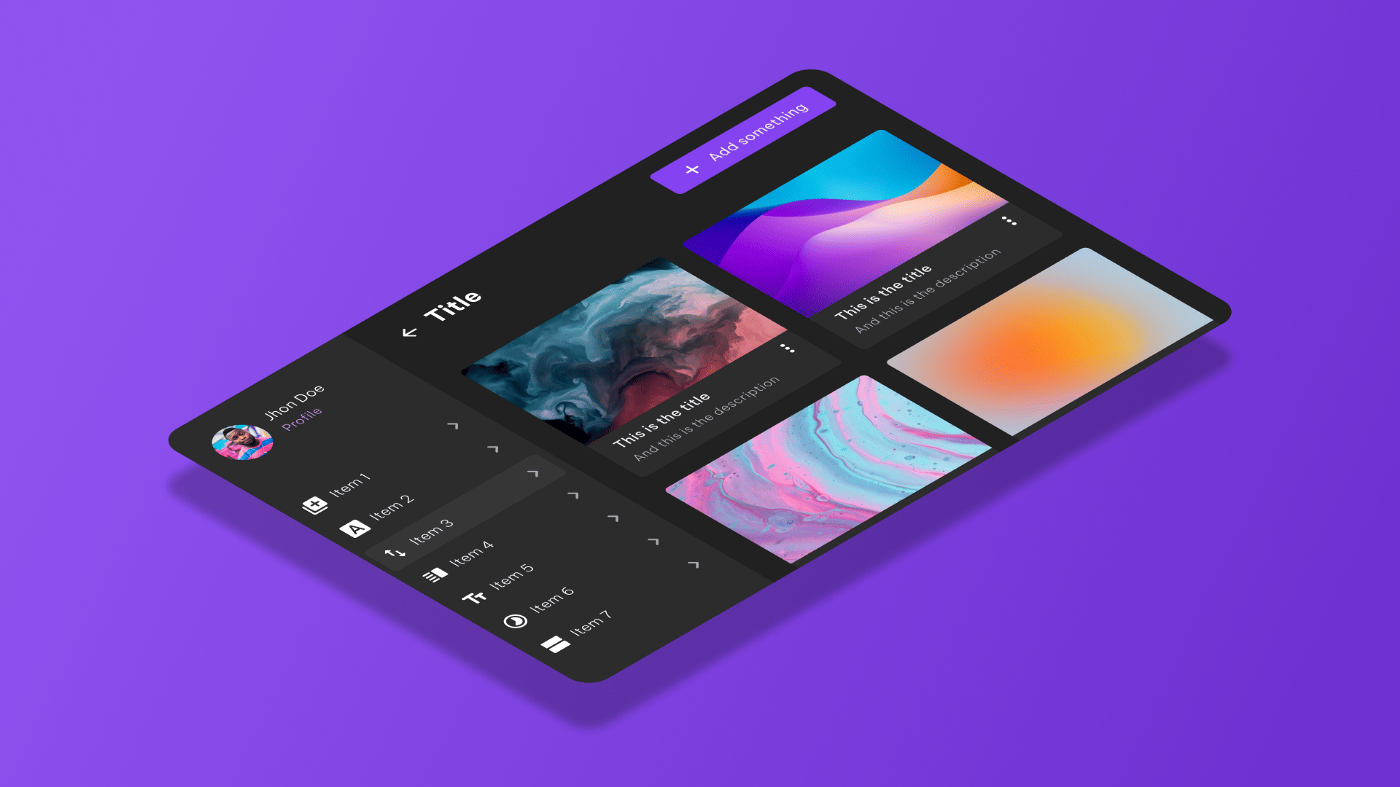

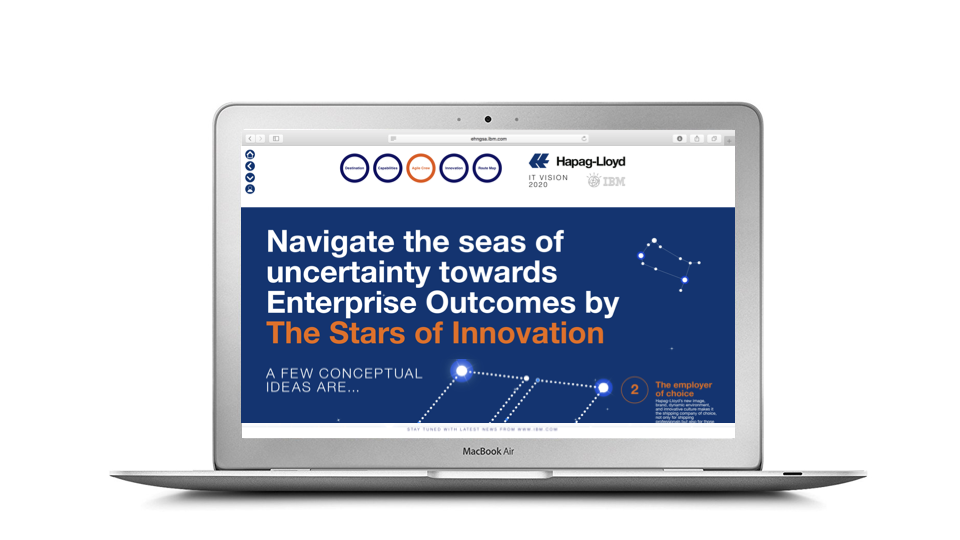


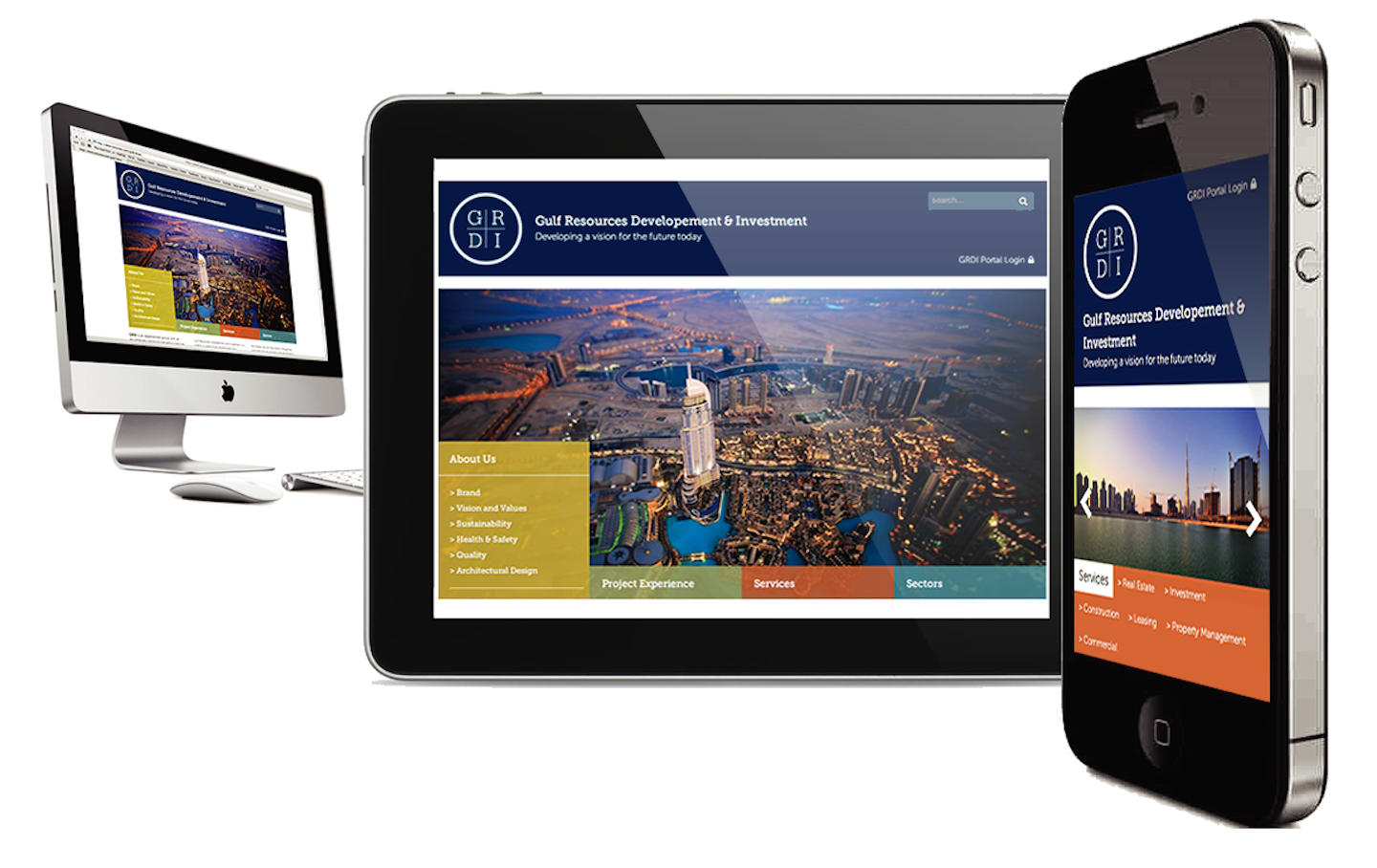

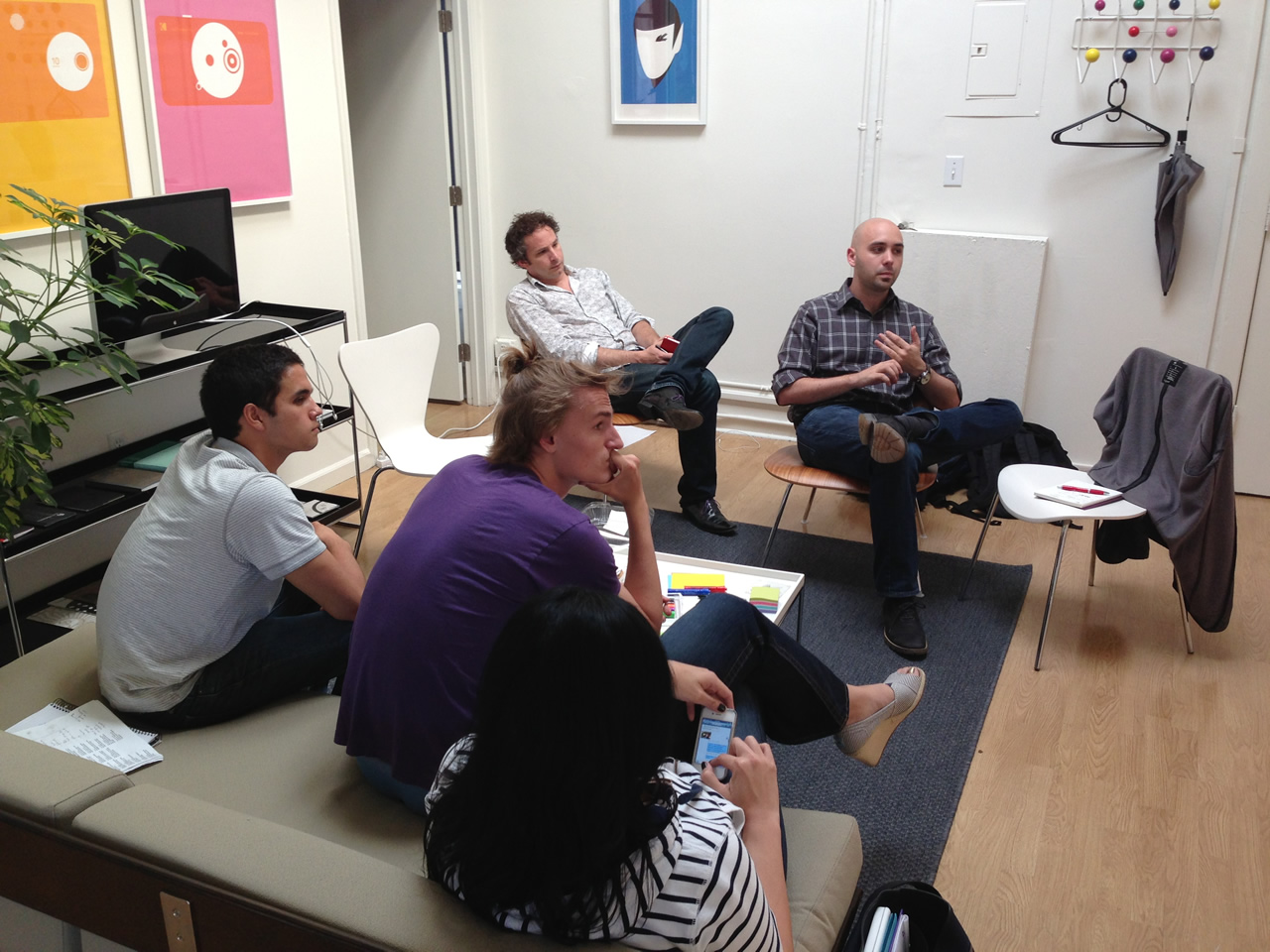
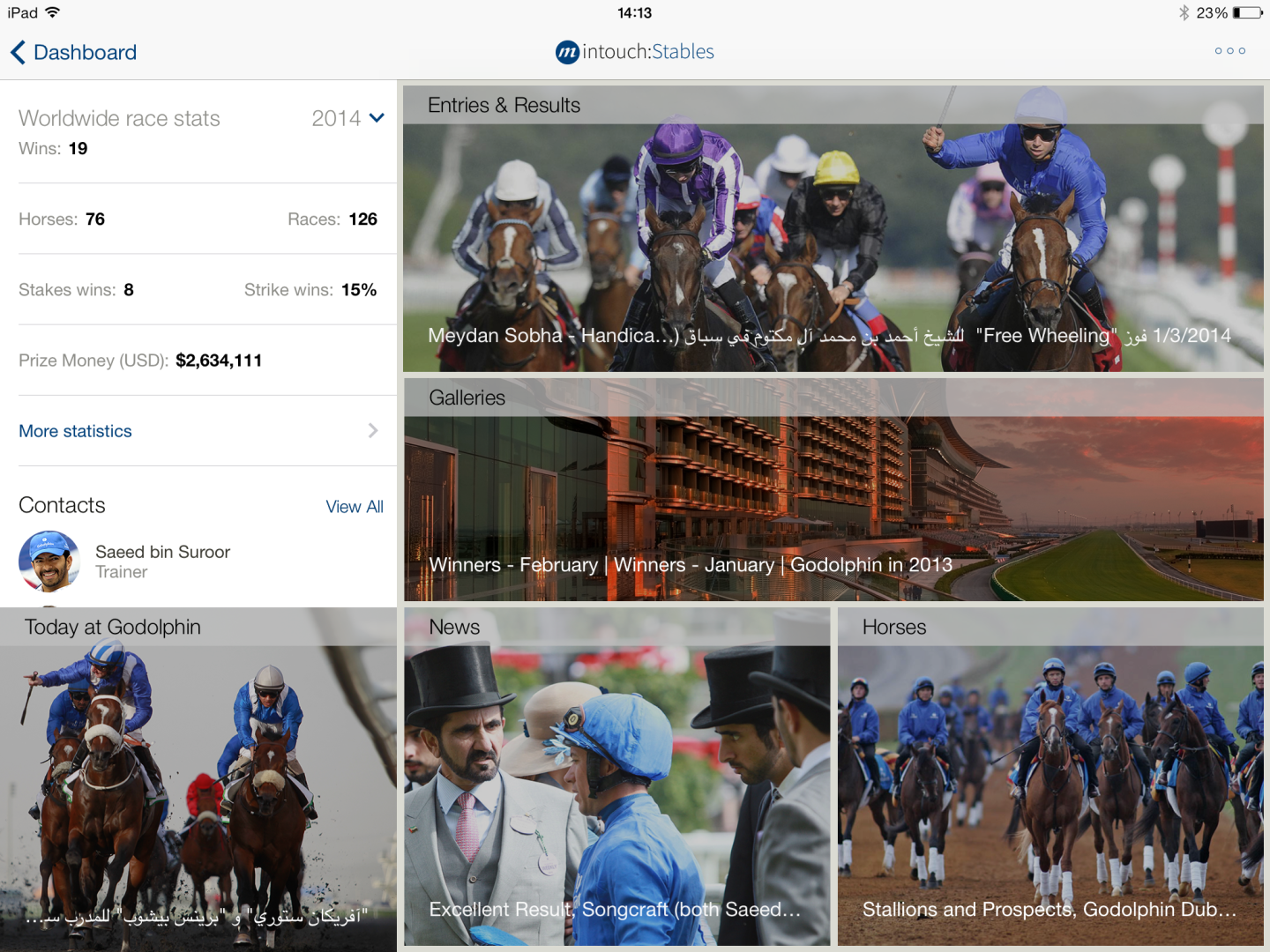
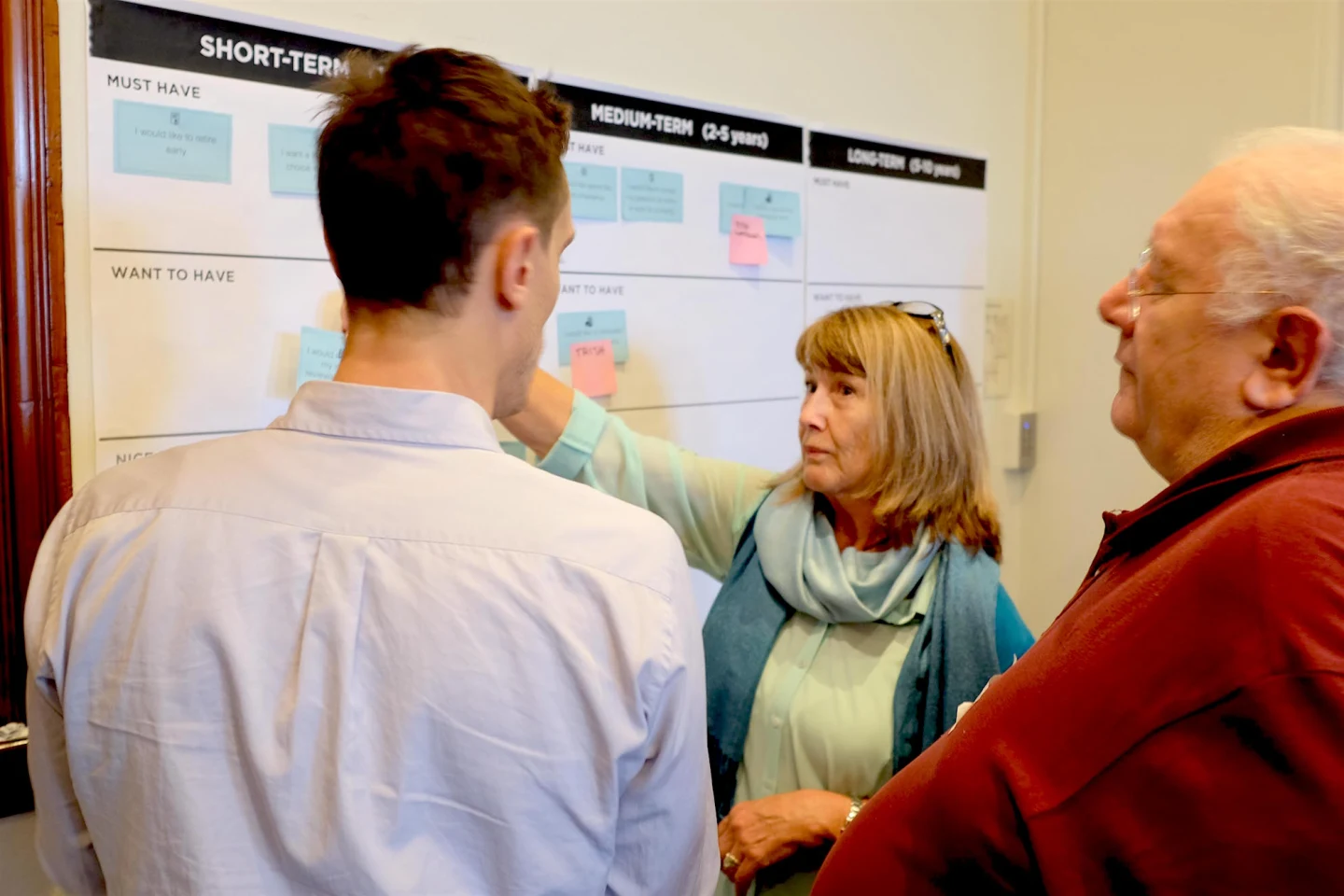

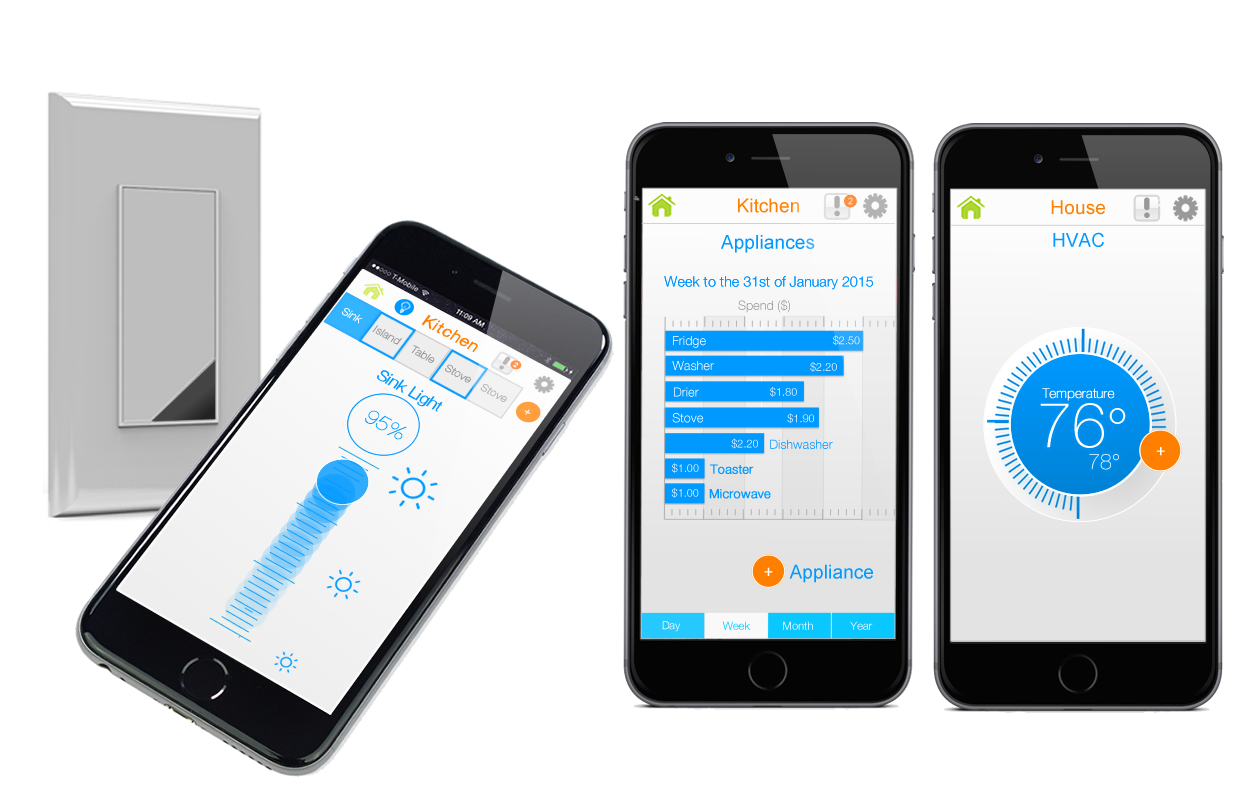
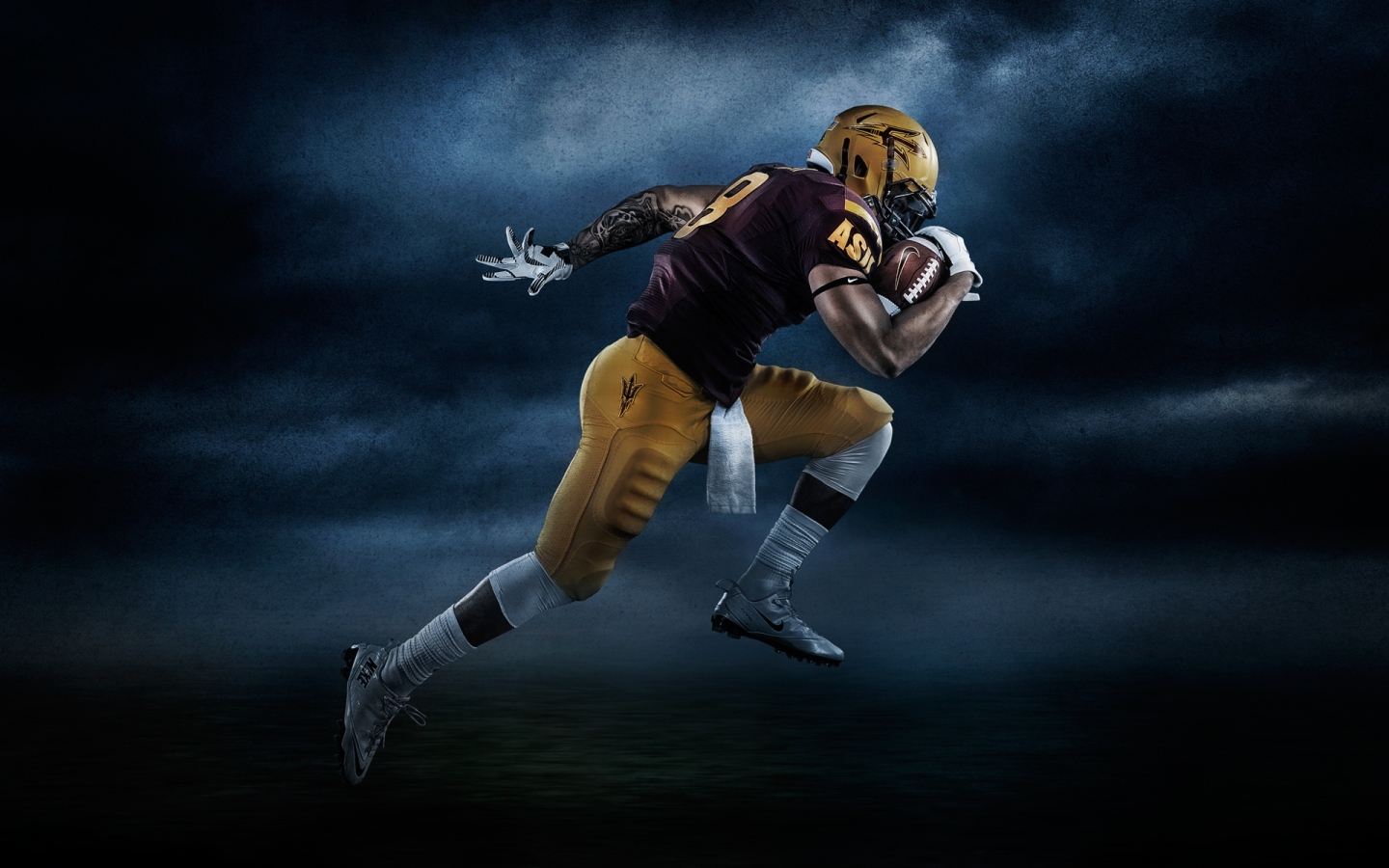

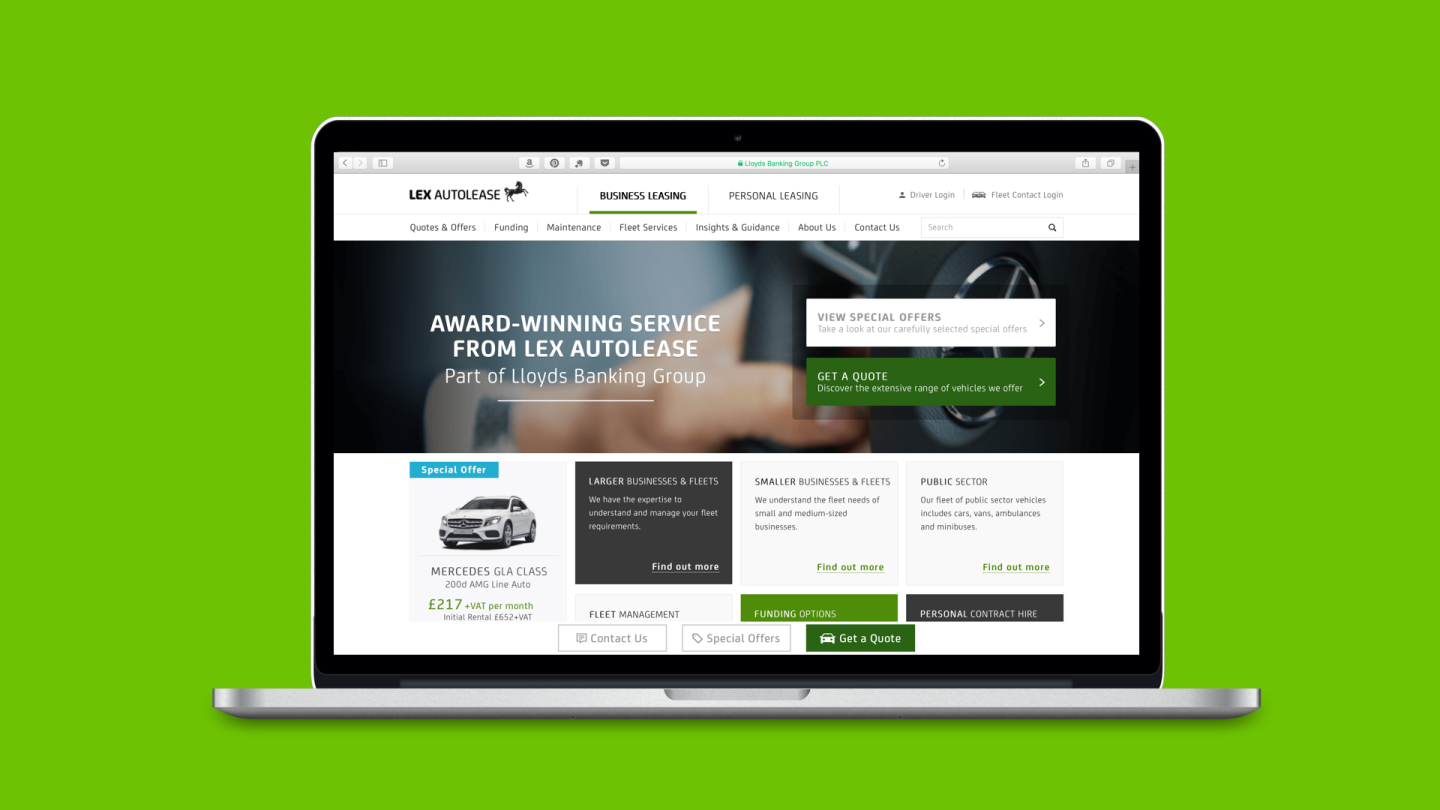
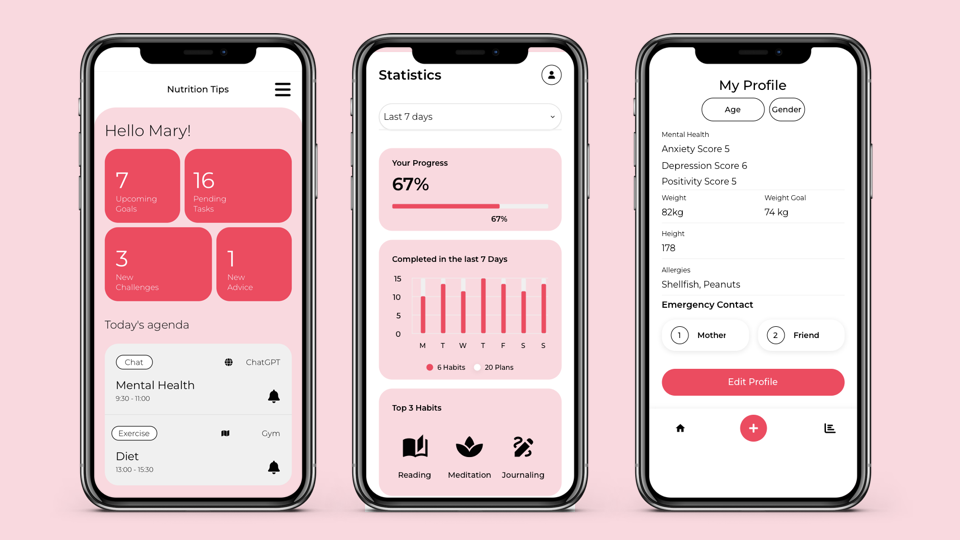
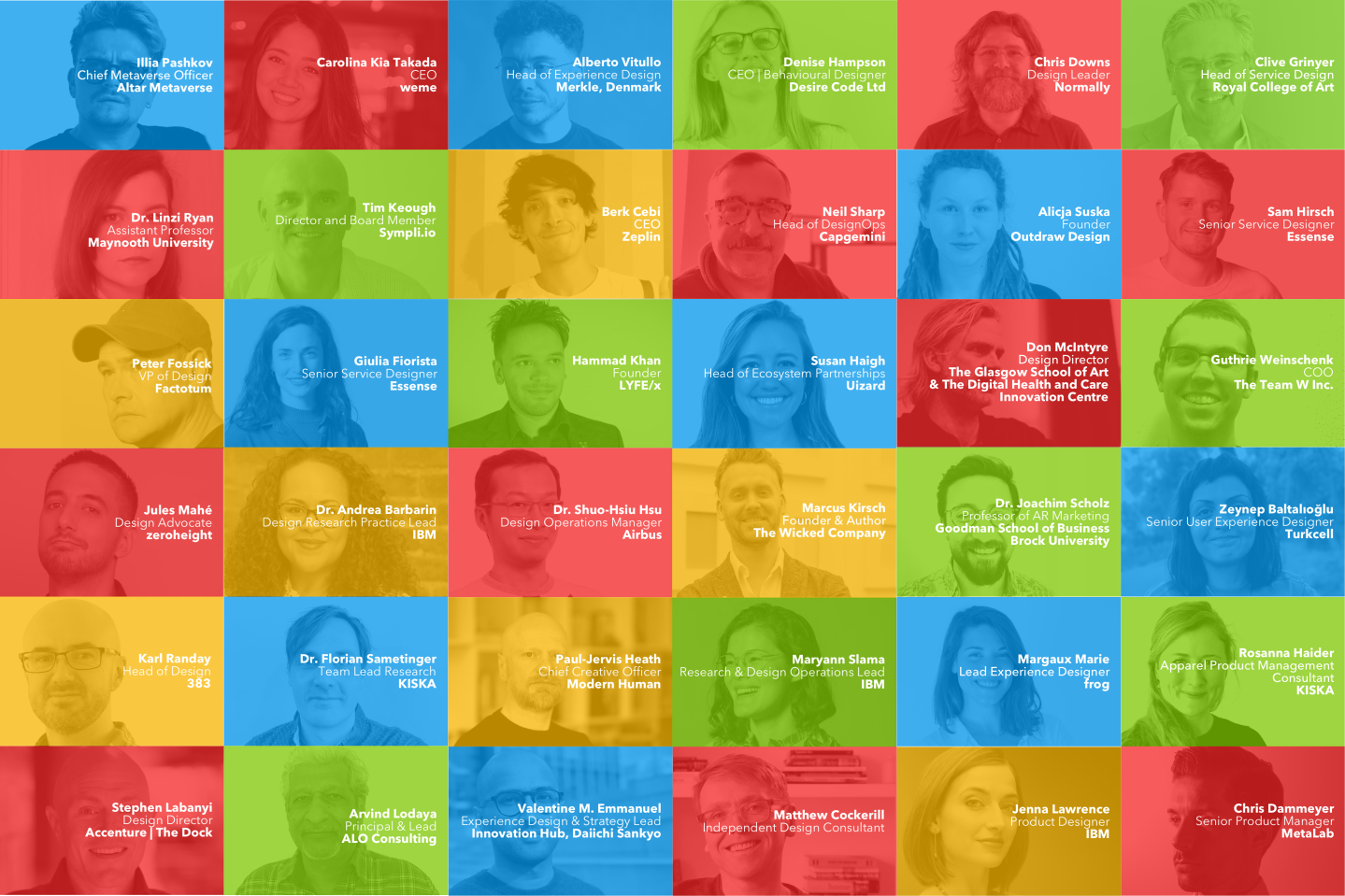
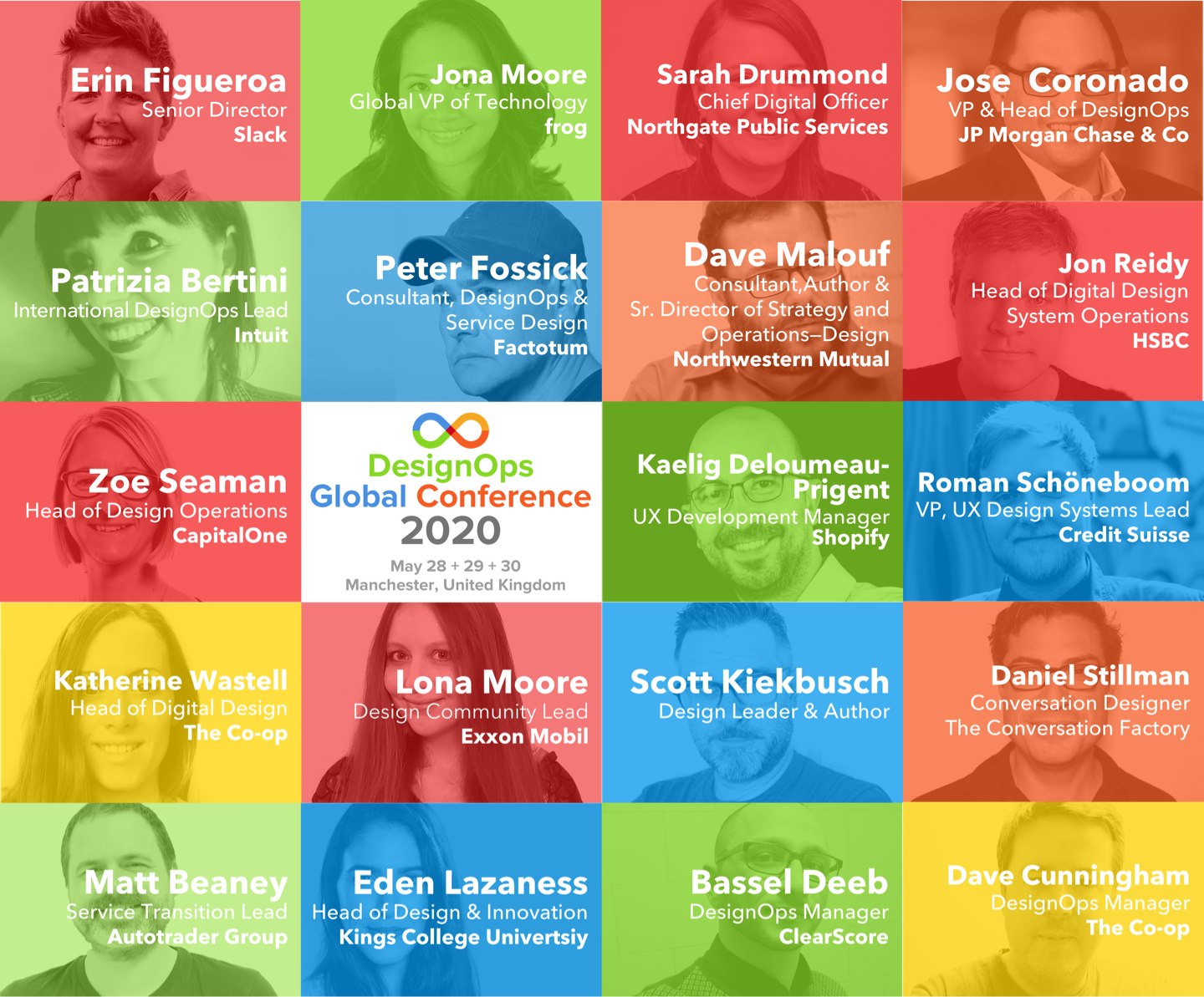
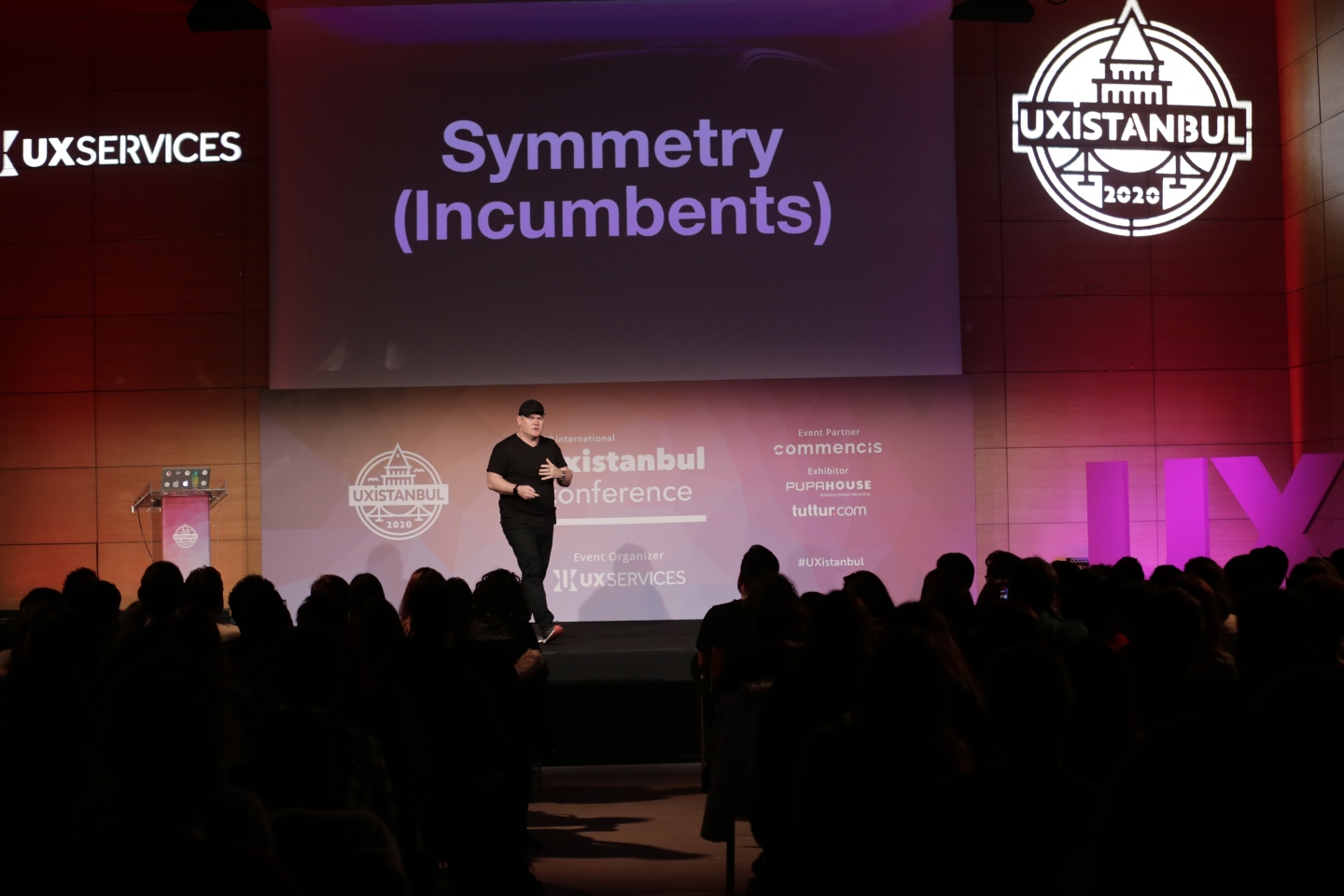
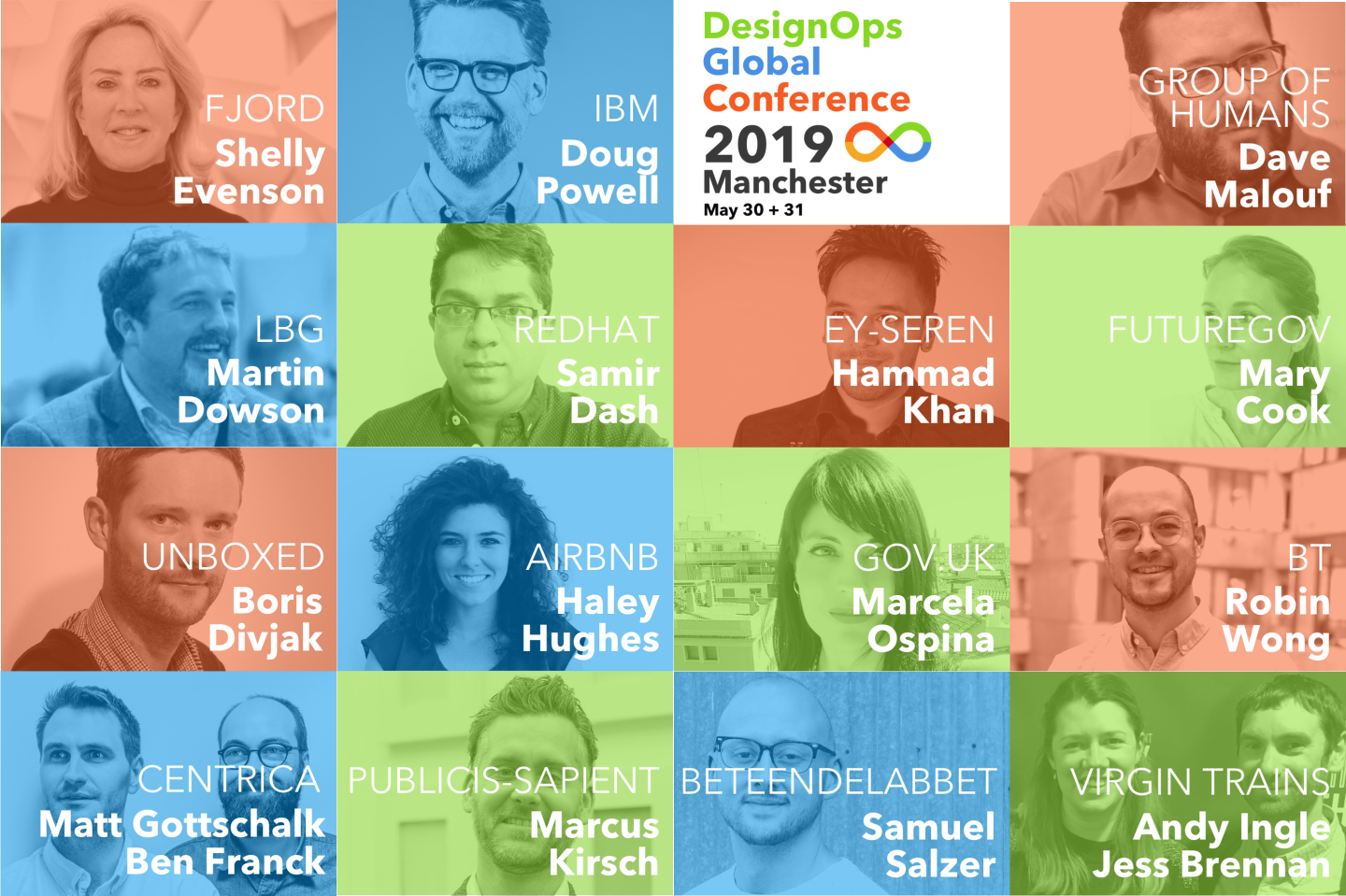
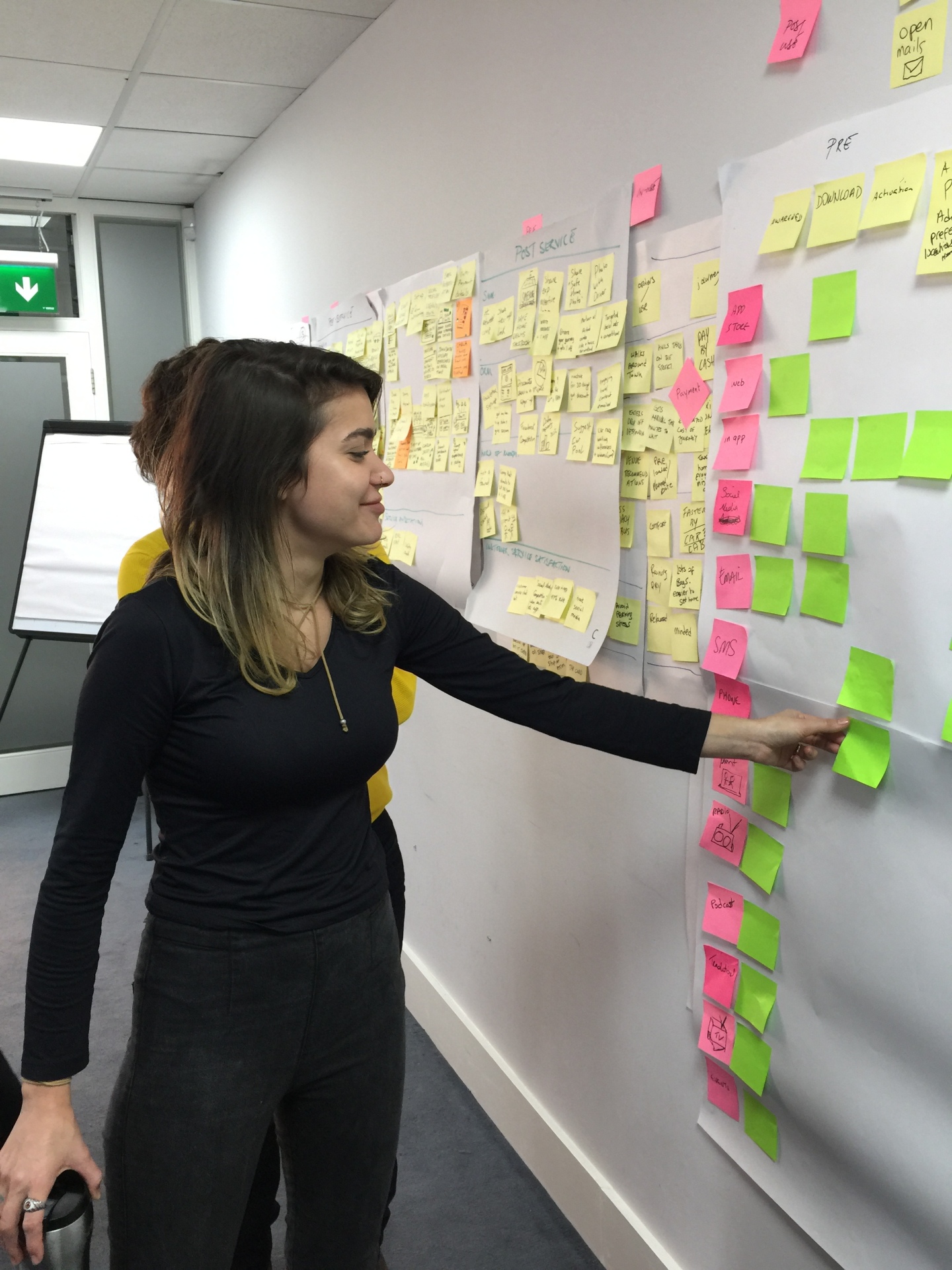
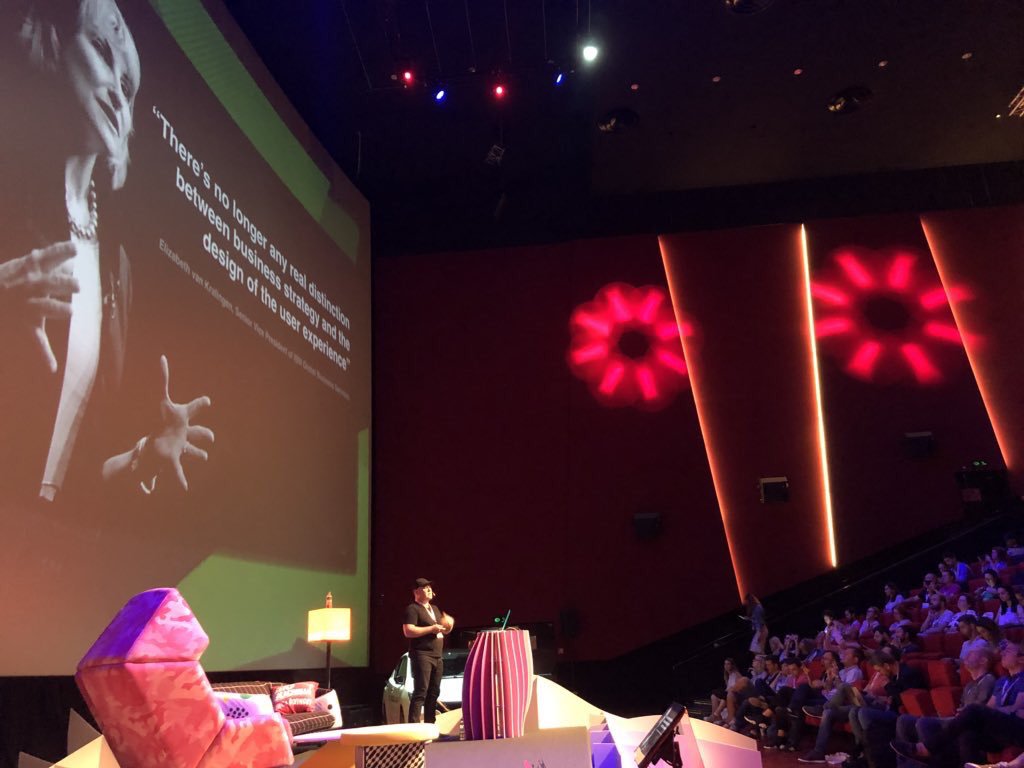
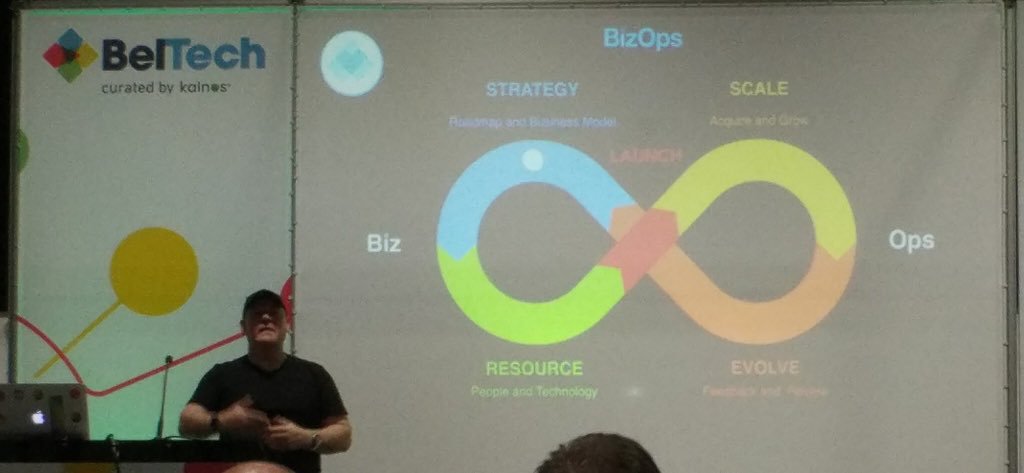
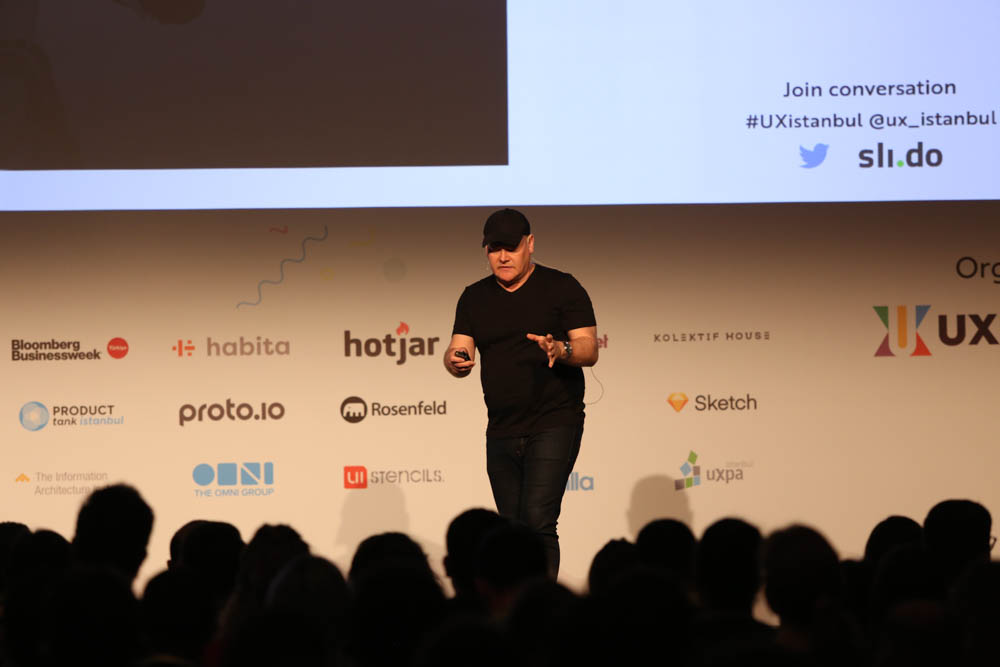
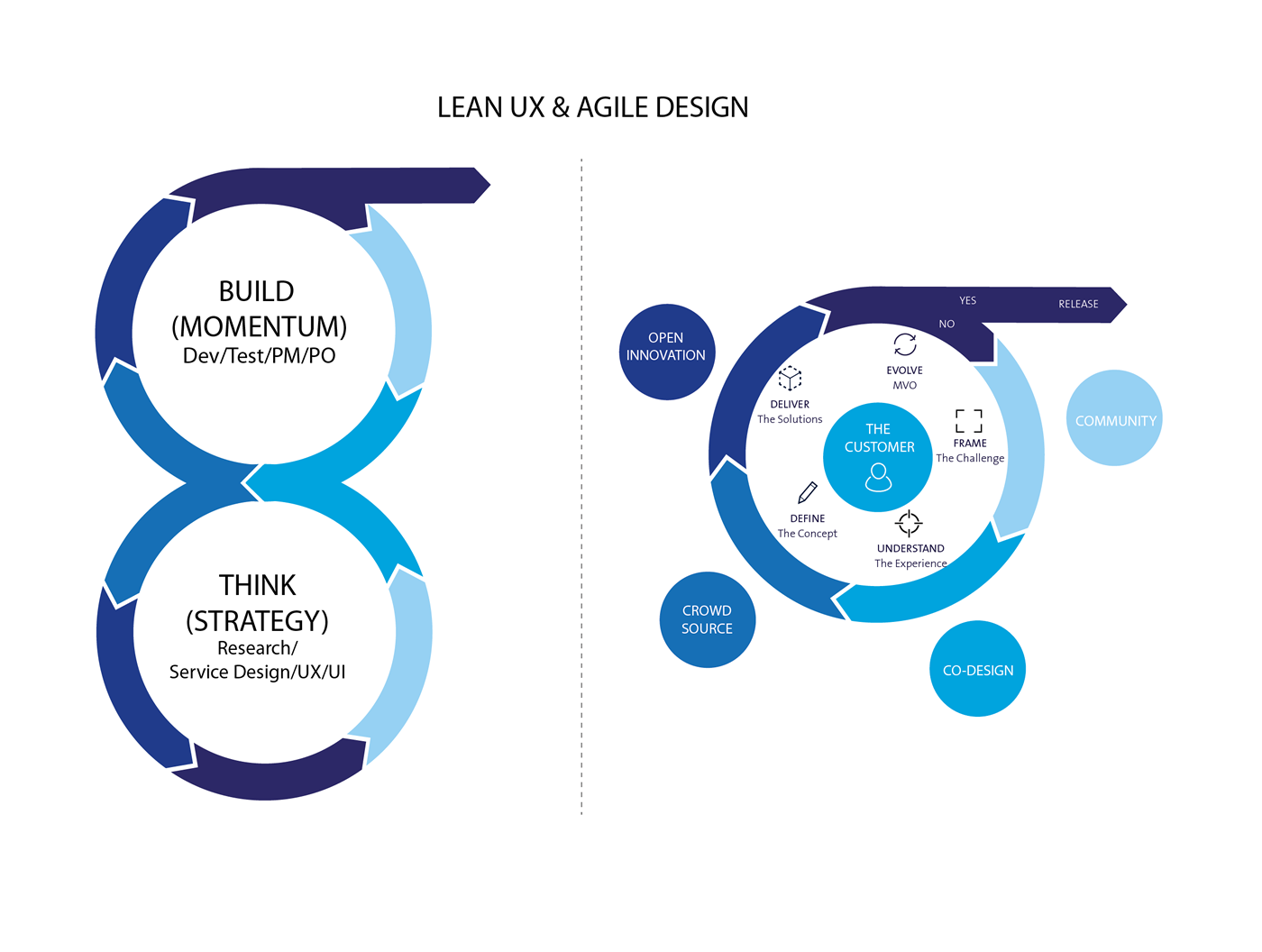
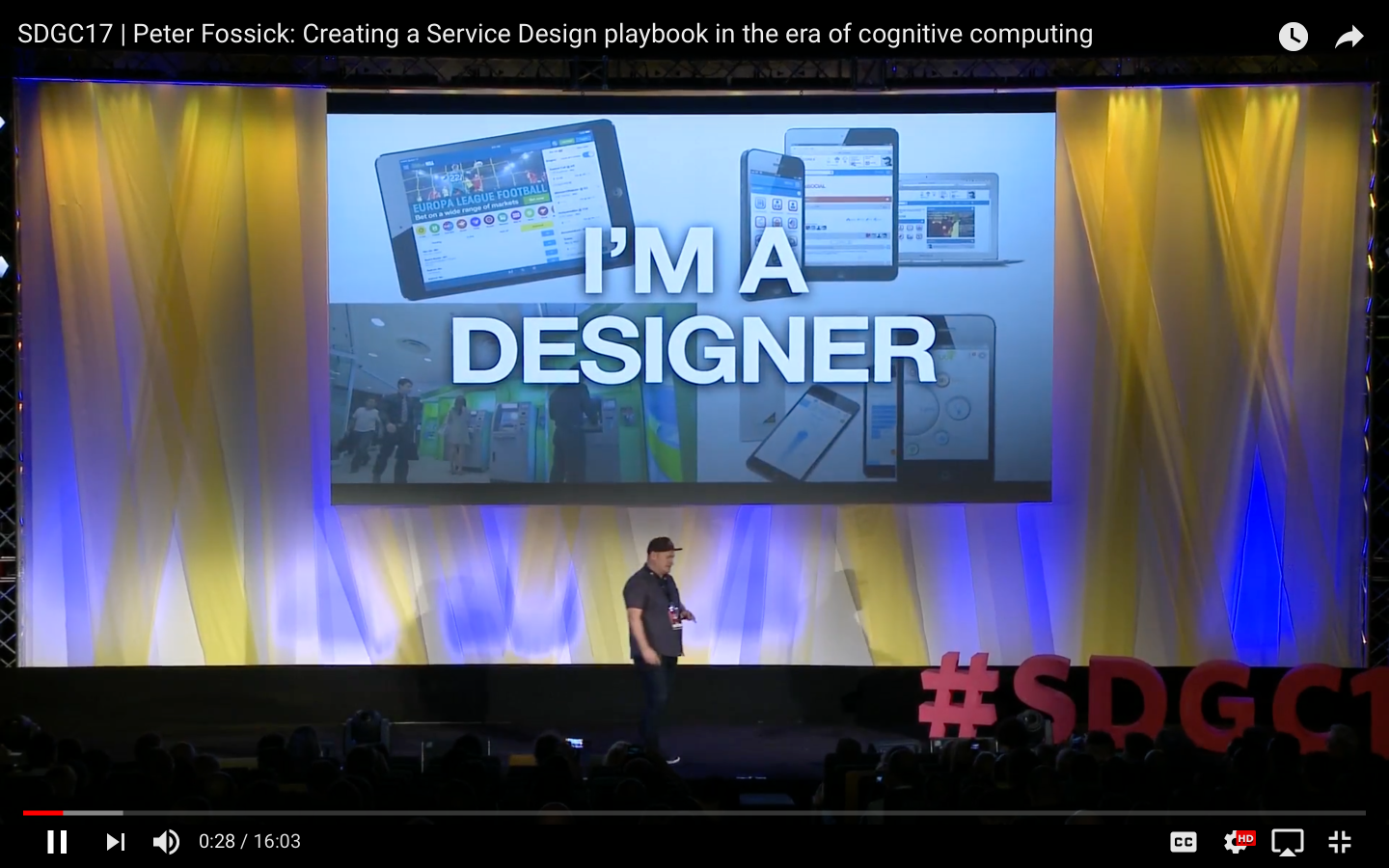
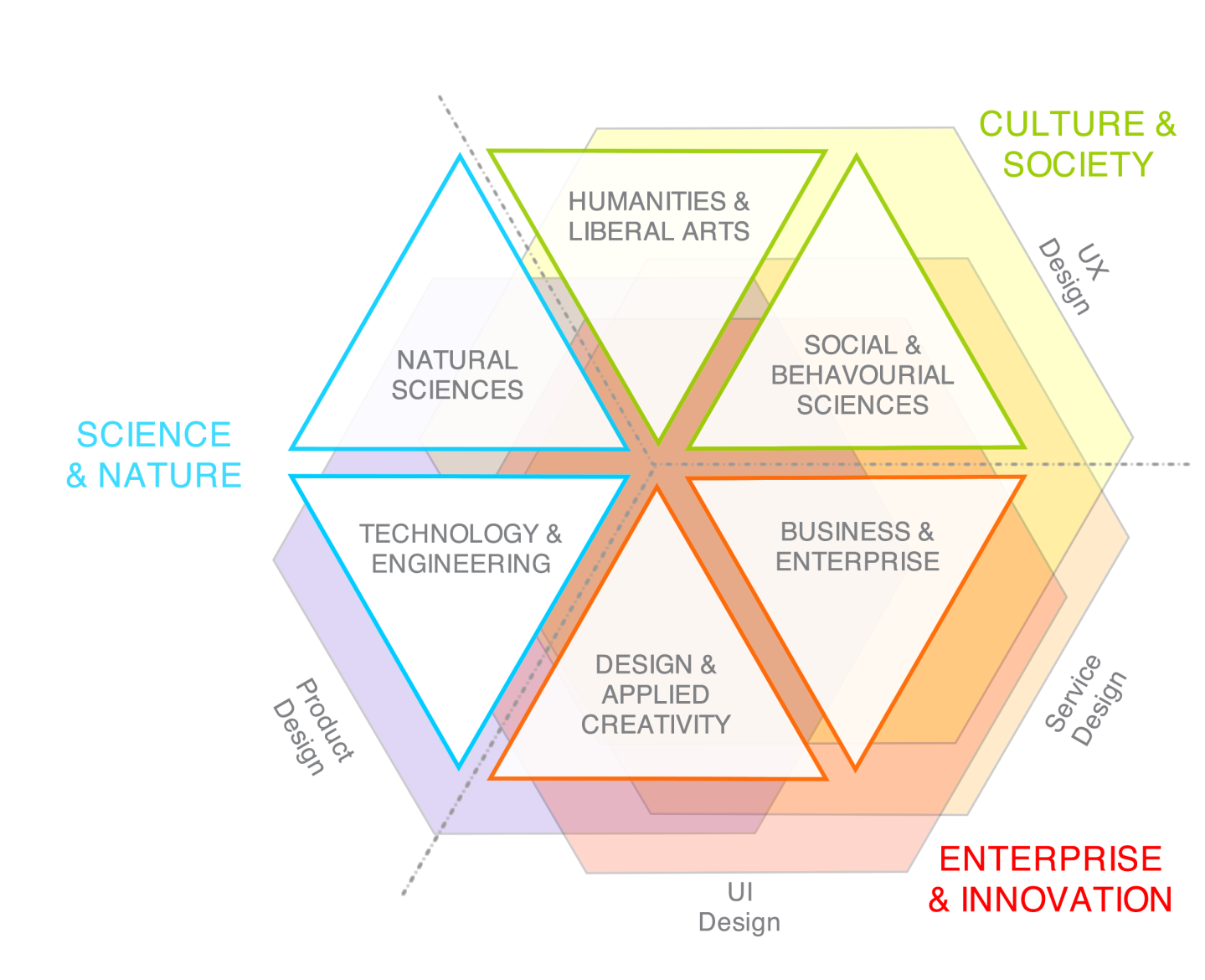
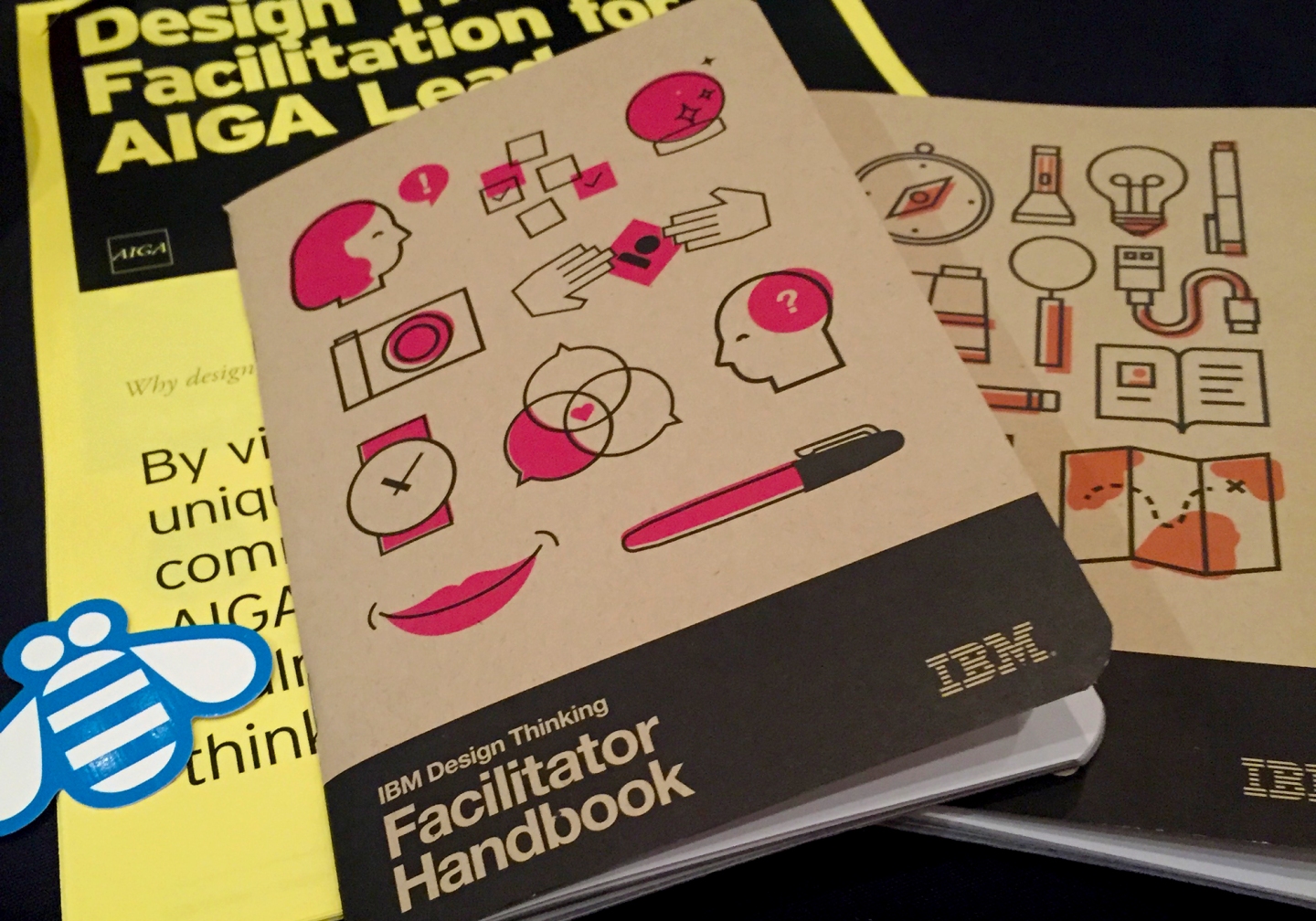
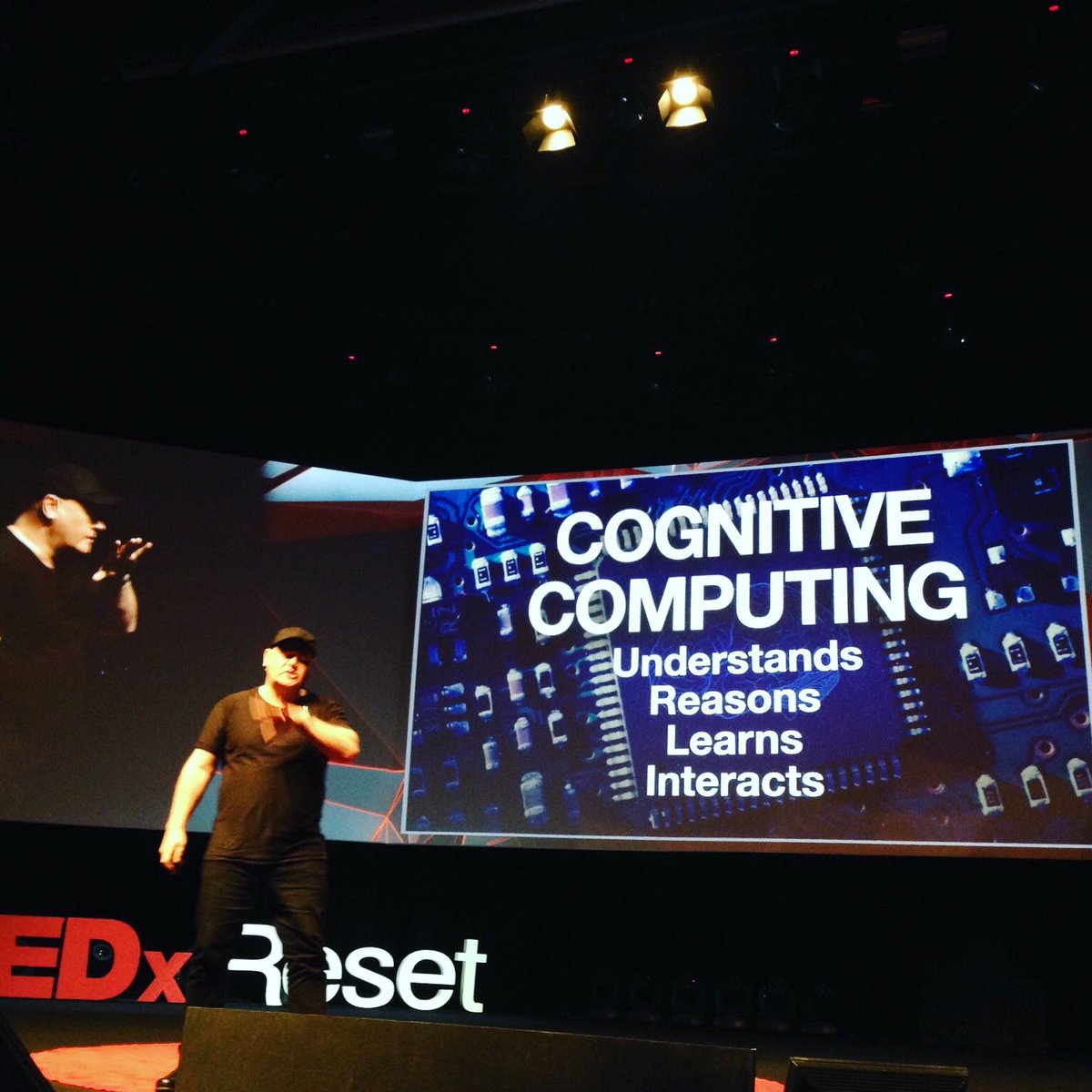
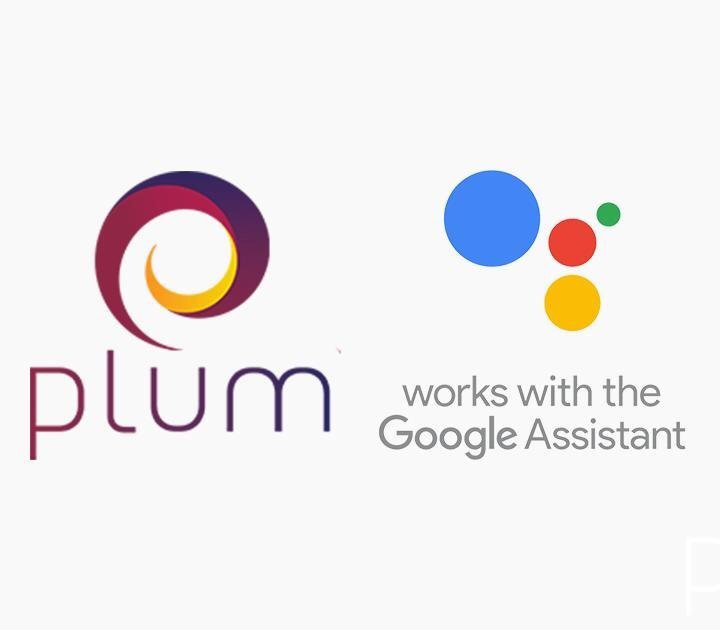
You must be logged in to post a comment.